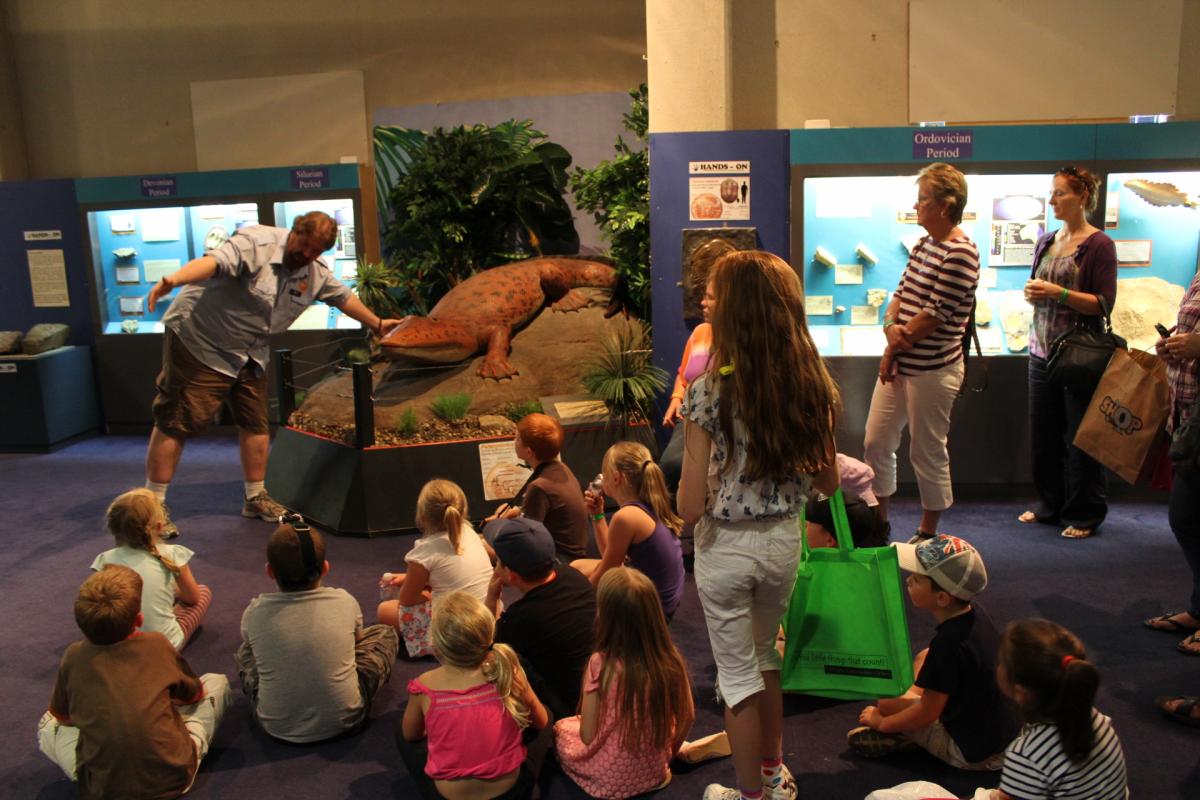
What is it?
A guided tour is the practice of an individual leading a group of people around a point of interest and giving them information about it, which can cover topics such as religious significance, cultural history and how it relates to other locations and events in history.
What does it involve?
Attending a guided tour basically just involves paying attention! All the work is done for you in finding out the facts and presenting them in an interesting manner; the role of the participant just calls for a level of interest in your surroundings and an eagerness to learn!
Why do it and what are the benefits?
Tour guides can be extremely educational - physically interacting with the place while learning about its history will provide a different kind of academic experience to the classroom by giving the students something more tangible to focus on.
What equipment do we need?
You shouldn't need any equipment for a guided tour, but check beforehand to make sure; some tours involve their participants even further by getting them to write down their own thoughts, or make drawings - so you may need to ensure students have something to write on!
Who is it suitable for?
Guided Tours are suitable for pretty much anybody if you pick the right one - smaller children will find it harder to focus on more complex subjects and will need more visual aids, but if they are engaged correctly they will have a great time! Likewise, teenage students will get bored if the subject isn't engaging enough, so make sure to choose the tour appropriate for the age and interests of the group.
Costs?
Around £20 or less per person, but it can vary greatly depending on the location of the tour - for example, a minibus tour around a park will cost more than a short walk around a country manor! Make sure to shop around to get an idea of the prices in your area.
Issues/Things to think about? (unsuitable for age groups, medical conditions etc)
A guided tour should be suitable for all ages, but students with condtions such has ADHD may have trouble focusing for an extended period of time - make sure to be aware of the specific needs of your group.
How do we include?
Many guided tours have disabled access for those with limited physical movement, but it would be wise to doublecheck beforehand. Those who are deaf and blind can also be included in guided tours but may need more specialist staff - again, you will need to check with the specific establishments.
Doing it abroad?
There are points of public interest all around the world, so wherever you can find something well known chances are there will be a guided tour available! Foreign tours may be conducted in another language though, so make sure to confirm the specifications of the tour before booking it.
Main website:
This website (link is external) gives a good overview of places where you can go for a tour guide, but you're best looking at the specific areas around you to find out details!




